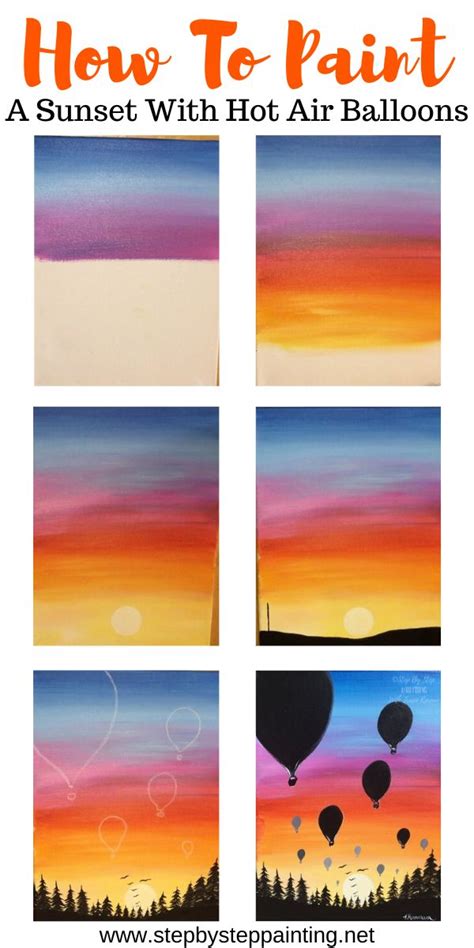How To Paint: A Beginner's Guide to Unleashing Your Inner Artist
So, you're ready to pick up a brush and unleash your creativity? Painting can be a deeply rewarding hobby, offering a fantastic outlet for self-expression and stress relief. But where do you start? This comprehensive guide will walk you through the basics, from choosing your supplies to mastering fundamental techniques. Whether you dream of vibrant landscapes or abstract masterpieces, this guide will help you take your first steps into the world of painting.
Choosing Your Supplies: The Foundation of Your Artistic Journey
Before you dive into the vibrant world of colors, you'll need the right tools. Don't feel pressured to buy the most expensive materials right away; start with a basic set and gradually expand your collection as your skills develop.
Essential Painting Supplies:
- Paints: Acrylics are a popular choice for beginners due to their water-based nature, quick drying time, and ease of cleanup. Watercolors offer a delicate, translucent effect, while oils provide rich, luminous colors but require more advanced techniques and solvents for cleanup.
- Brushes: Invest in a variety of brush sizes and shapes. Round brushes are great for detail work, while flat brushes are ideal for covering large areas. Synthetic brushes are generally more affordable and easier to maintain than natural hair brushes.
- Palette: A palette is a surface for mixing your paints. You can use a disposable paper palette, a plastic palette, or even a ceramic plate.
- Canvas or Paper: Choose a surface appropriate for your chosen paint type. Canvas is durable and offers a textured surface, while watercolor paper is designed to withstand the absorption of water.
- Water Container: Essential for cleaning brushes and diluting paints (especially with acrylics and watercolors).
- Palette Knife: Useful for mixing paints, applying thick layers of paint (impasto), and creating textural effects.
- Easel (Optional): An easel can make painting more comfortable, especially for larger canvases.
Mastering Basic Painting Techniques: From Simple Strokes to Stunning Effects
Once you've gathered your supplies, it's time to learn some fundamental techniques. Don't be afraid to experiment and find what works best for you.
Essential Techniques for Beginners:
- Layering: Applying thin layers of paint allows colors to blend subtly and create depth.
- Blending: Gradually transitioning between colors to create smooth gradients. This is easiest with wet-on-wet techniques (acrylics and watercolors).
- Dry Brushing: Using a nearly dry brush to create textured effects.
- Impasto: Applying thick layers of paint to create texture and dimension. This technique works best with oils and acrylics.
- Washing: Applying diluted paint to create a transparent layer. Common in watercolors.
Finding Inspiration and Practicing Regularly: The Key to Improvement
Painting is a journey, not a race. Consistent practice is key to developing your skills and finding your unique artistic voice.
Tips for Consistent Improvement:
- Find Inspiration: Look for inspiration in nature, photographs, or other artwork.
- Practice Regularly: Even short, regular practice sessions are more effective than infrequent marathon sessions.
- Experiment with Different Techniques: Don't be afraid to try new things and step outside your comfort zone.
- Seek Feedback: Share your work with others and ask for constructive criticism.
- Join a Painting Class or Group: Learning from others and sharing your passion can be incredibly rewarding.
Conclusion: Embrace the Journey of Artistic Expression
Painting is a rewarding and fulfilling hobby that can bring immense joy and personal growth. By following these steps and embracing the learning process, you'll be well on your way to creating beautiful artwork and expressing your unique vision. So grab your brushes, choose your colors, and let your creativity flow! Remember, the most important thing is to have fun and enjoy the process. Happy painting!
